6 October 2023, Bitola
Petrograd Apartments 985 den [R319]
"The
Cyrillic alphabet, official in Macedonia, is based on the alphabet developed by two Macedonian brothers in the 9th century. It was taught by their disciples at a monastery in Ohrid, and from there it spread across the eastern Slavic world."
In immediate context, Cyrillic can be read (sort of). Examples are the
hotel sign posted previously and the name of our street in Skopje,
Milan Markovich, which we could decipher because Google Maps assured us we were on it.
Today we specifically sought out a street in Bitola called
Marx and Engels.
Otherwise road signs and menu items are largely a mystery.
--
"
Heraclea [was] founded by Philip II of Macedon, during the middle of the 4th century BC. Philip II, most commonly known as the father of Alexander the Great, [named] the town after the Greek mythological hero Hercules.
... the kingdom of Macedon fell under the Romans in the 2nd century BC... Via Egnatia, one of the most significant trading routes from this period, passed directly through the city."
--
"Much of the remains that can be observed today originate from the Roman era, as well as the early Christian and Byzantine period. Such is the case with the glorious amphitheater built by the Roman emperor Hadrian, featuring 20 rows, animal cages and a tunnel to the west.
The first clue of the theater dates back to 1931, when a small bone ticket was discovered. It was a reservation for a seat in the 14th row... It wasn’t until 1968 that the actual theater was discovered. With three animal cages and a tunnel to the west, it was obviously a place for gladiator fights during the early days. Later, with the spread of Christianity, the fights were seen as a barbaric form of entertainment and were therefore banned everywhere..."
--
"The religion in Heraclea evolved from Greek mythology and Roman gods to Christianity. It was during the third and fourth century AD when Heraclea became one of the most important Episcopal centers.
The Basilicas... feature impeccable mosaics with scenes from the Garden of Eden, the fight of good versus evil, as well as some depiction of flora and fauna... birds, fish, jellyfish..."
--
"Sacked by the Ostrogothic King Theodoric in 472 and 479, Heraclea started a slow decline. Heraclea was rebuilt during the end of the 5th century, and most of the mosaics date from around this period.
A strong earthquake damaged the city in the 6th century, and it was the last prelude before the numerous Slavic invasions that were about to follow. The last issued coins were circa 585 suggesting the final fall of Heraclea and the beginning of the Slavic era throughout the region."
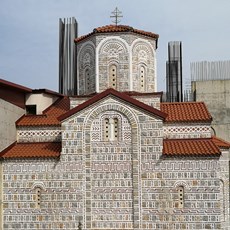
Bitola

Heraclea
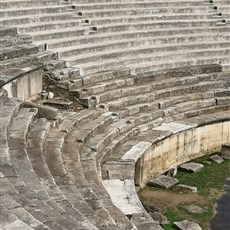
Heraclea
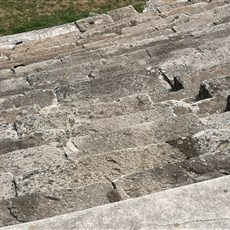
Heraclea
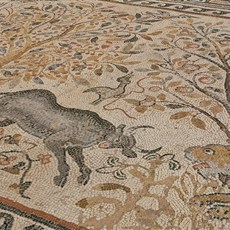
Heraclea
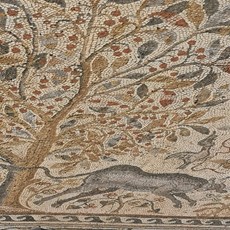
Heraclea
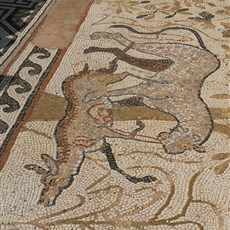
Heraclea
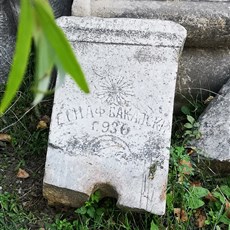
Heraclea

Marx & Engels Street, Bitola
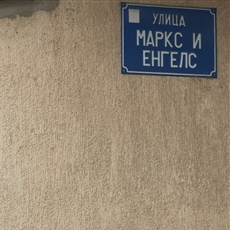
Marx & Engels Street, Bitola
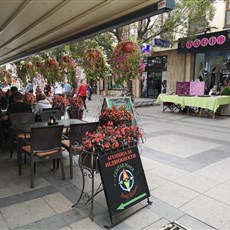
Bitola
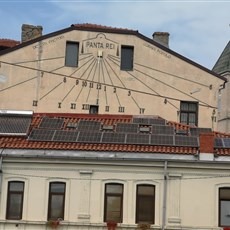
Bitola
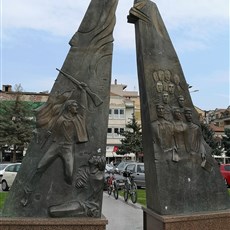
Bitola
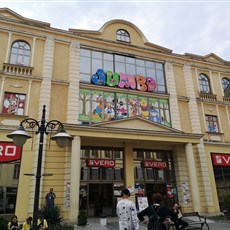
Bitola

Bitola
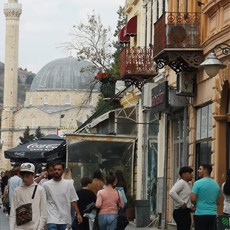
Bitola
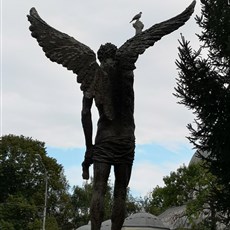
Bitola
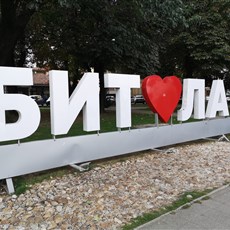
Bitola